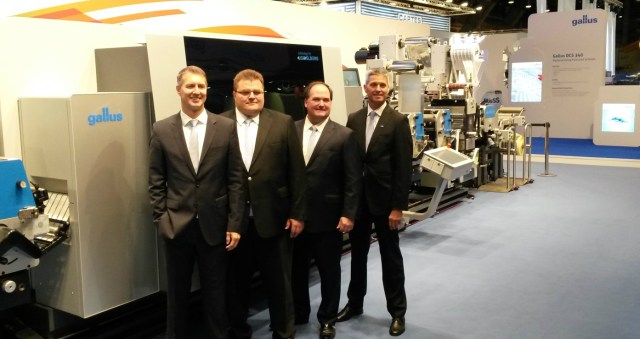Klaus Spiegel, Heidelberg Sheetfed Solution Centre director, says, “Satin Screening reinforces our extensive portfolio of screening processes with a new generation of optimized FM screening technology. This will enable our customers to satisfy the growing demand for high-quality print products and to profit from the benefits of FM screening in print production”.
The key features include reproduction of fine details, high smoothness particularly in the mid-tones, smooth vignettes and high process and colour stability. Satin Screening prevents the usual problems that can occur with conventional screening technologies, for example moiré, restrictions caused by the screen angles, and problems with vignettes.
Heidelberg is also ramping up its eight to 12 colour press range, tuning to BASF and Sappi for input.
According to Heidelberg, this partnership is in line with the industry’s drive towards providing products that satisfy the exact and evolving needs of print specifiers and end-users. It sees this development to be important as the high quality advertising and promotion sector continues to maintain a dominant position in the selection of media and therefore the efficiency of supplying the market with the best products is of paramount importance. The holdout of the inks, the stability and the print results of the paper and the performance of the presses themselves are the key issues being addressed by the development team.
This is the first time that Heidelberg, BASF and Sappi combine their research and development resources and Heidelberg says the initial results of this inter-disciplinary collaboration are very encouraging.
Comment below to have your say on this story.
If you have a news story or tip-off, get in touch at editorial@sprinter.com.au.
Sign up to the Sprinter newsletter

